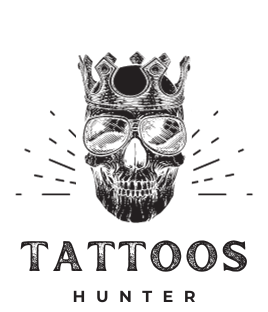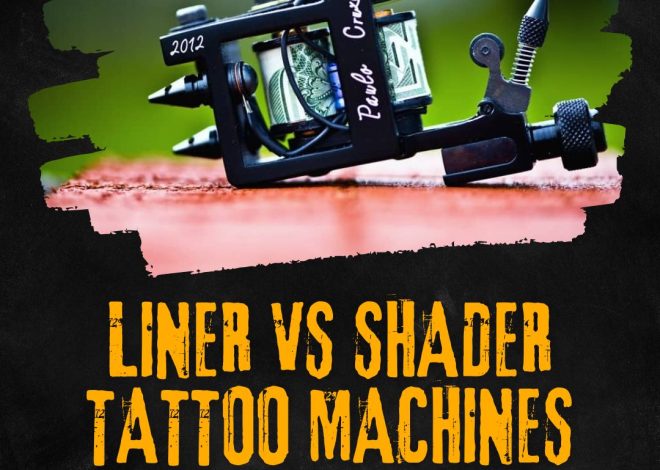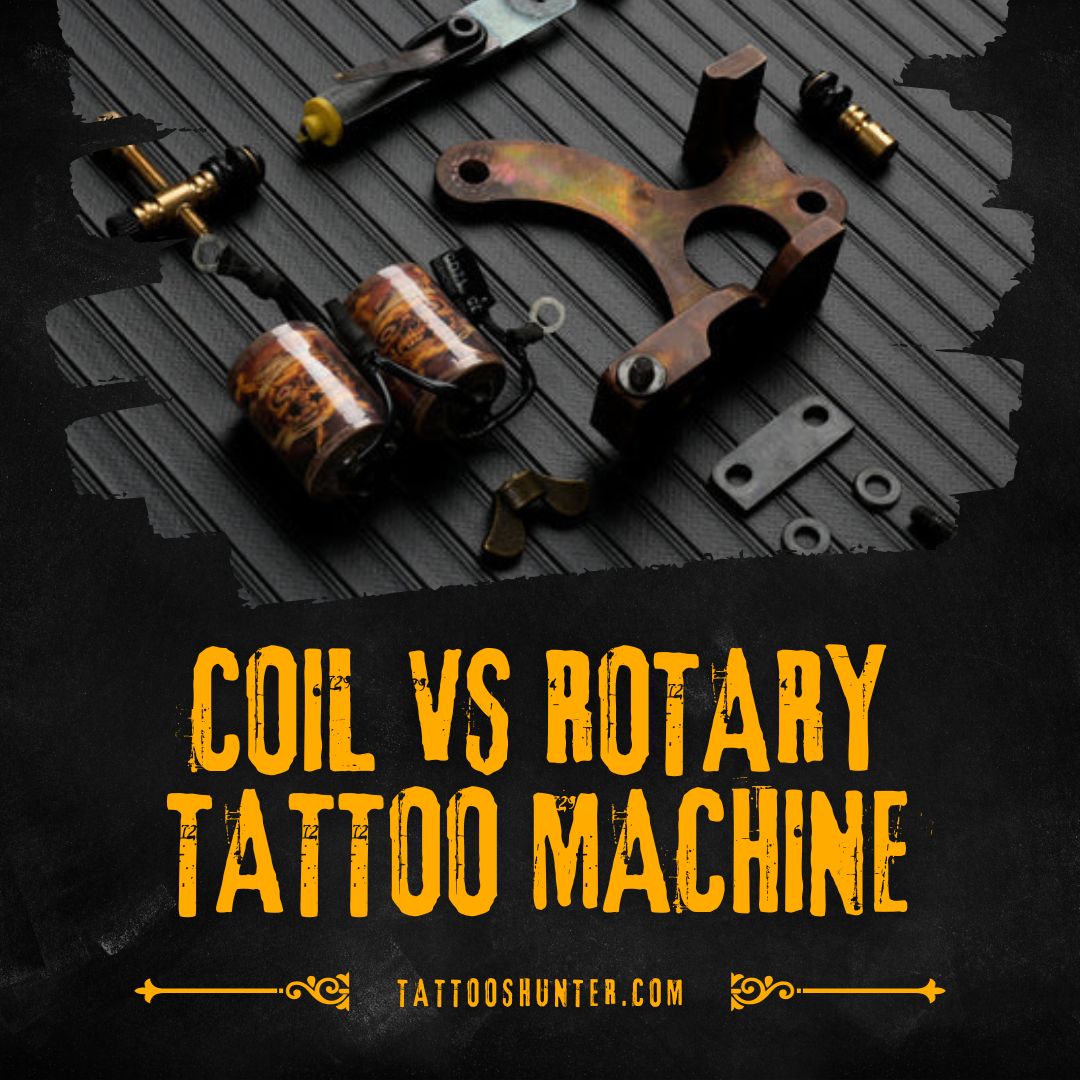
Coil Machine vs Rotary: Choosing the Right Tattoo Gun
Tattoo machines are the tools of the trade for any tattoo artist, but with coil and rotary machines dominating the market, many wonder – which is better? In this blog post, I’ll unpack the differences between these two major types of tattoo machines so you can determine which is best suited for your needs and style.
With origins dating back to the 1800s, tattoo machines play a critical role in allowing artists to deposit ink into the dermis layer of skin to create a permanent tattoo design. But these machines have evolved over time from rudimentary single-coil devices to sophisticated rotary machines equipped with DC motors. While coil machines utilize electromagnetic currents to drive the needle and rotary machines rely on small internal motors, both serve the same essential purpose – to puncture the skin accurately and rapidly.
So why does the coil vs. rotary debate persist? What are the real differences tattoo artists should consider when selecting their weapon of choice? By exploring the unique mechanics, capabilities, and “feel” of each machine type, we can better grasp their individual strengths and weaknesses. Coil machines provide simplicity and affordability, but rotary machines offer more precision and quieter operation. It often comes down to personal preference, but understanding what each machine excels at can help guide your decision.
In this post, we’ll dig into the nitty-gritty of how these machines get the ink into your skin, compare their sound and tactile feedback, maintenance requirements, and suitability for different tattoo techniques. Arm yourself with knowledge before making this critical equipment choice for your tattoo career. Let’s settle the coil vs rotary debate once and for all!
Differences Between Coil and Rotary Machines
As an experienced tattoo artist who specializes in black & grey realism, I often get asked about the differences between coil and rotary tattoo machines. I’ll compare the mechanics, sound, feel, pros, and cons of each type of machine to help you determine which is best for your needs and tattooing style.
Comparing the Sound and Feel
Coil machines tend to be louder than rotary machines. The electromagnetic coils inside a coil machine create a distinctive buzzing sound. Rotary machines have an internal motor so they operate much more quietly.
Coil machines also tend to provide more tactile feedback while tattooing. You can feel the machine vibrating in your hand. Rotary machines feel smoother and quieter in operation. Some artists prefer the sharper buzz of a coil while others like the gentler hum of a rotary.
How Coil Machines Work
Coil tattoo machines utilize electromagnetic currents to drive the needle up and down and insert ink into the skin. Here’s a closer look at the mechanics of how these machines work:
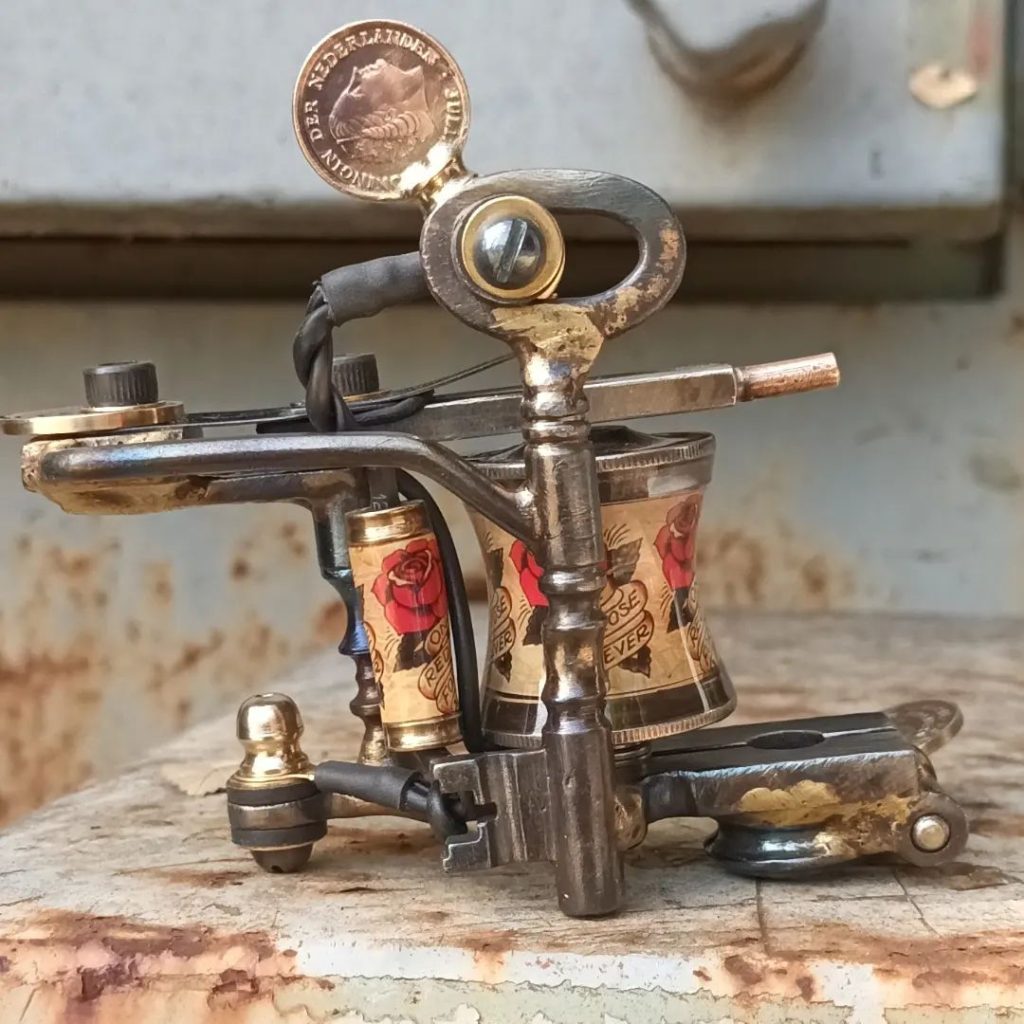
The Mechanics of Coil Machines
At the heart of a coil tattoo machine is the set of coils that give this machine its name. These coils are made from coils of wire wrapped around an iron core. The number of coils can vary, with 2 coils being the most common.
When the tattoo artist presses the foot pedal, it allows electricity to flow from the power supply into the coils. This electricity generates a magnetic field around the coils that causes them to move up and down rapidly. As the coils move, they pull the attached needle bar up and down as well. This drives the needles on the bar in and out of the skin, implanting the ink.
On the top of the machine is a contact screw that the artist can adjust to control the needle travel distance. There are also binding posts that the power supply cables attach to in order to deliver electricity into the electromagnetic coils.
Pros and Cons of Coil Machines
| Pros | Cons |
|---|---|
| More affordable price point than rotary machines | Louder buzzing sound while operating |
| Simple mechanical design with few parts to maintain | Heavier than rotary machines due to metal coils |
| Provide strong tactile feedback buzz while running | Increased potential for mechanical issues over time |
| Can be easily serviced by the artist | May need periodic tuning and adjustment |
In summary, coil machines are driven by electromagnetic currents and provide a robust, cost-effective machine choice. Their tactile feedback makes them good for beginners, but noise and mechanical issues can be drawbacks vs. rotary machines.
How Rotary Machines Work
Rotary tattoo machines use a small electric motor rather than coils to drive the needle up and down. Here’s a closer look at how these machines operate:
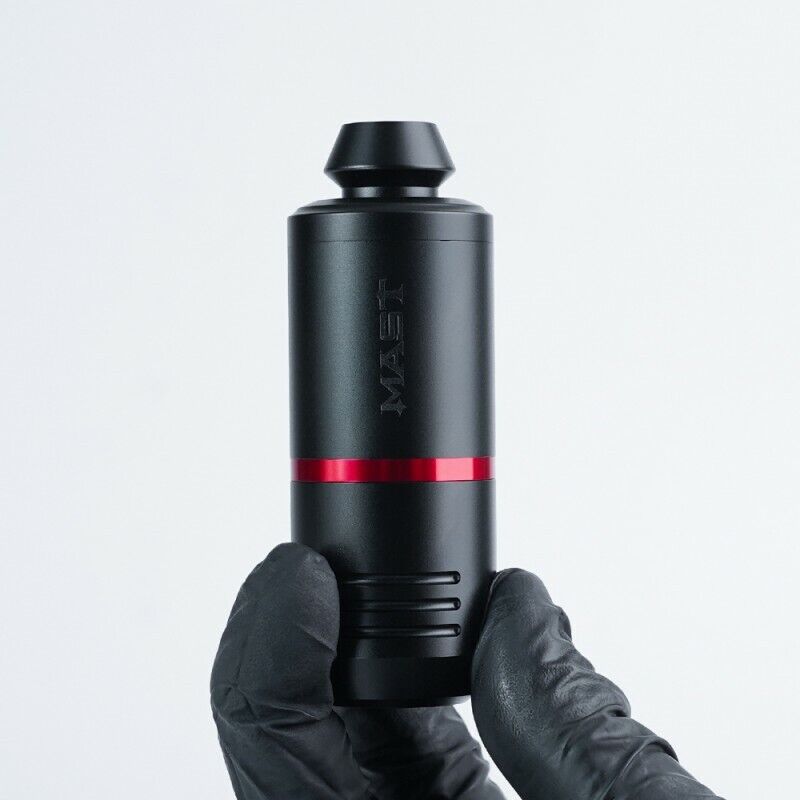
The Mechanics of Rotary Machines
Inside a rotary tattoo machine is a DC motor connected to a drive shaft. When activated via the foot pedal, the motor spins the drive shaft continuously in one direction.
Attached to the rotating drive shaft is the needle bar, which is offset from the center of the shaft. As the off-center needle bar rotates with the shaft, it causes the needle bar to move up and down in a cyclic pattern. This drives the needles attached to the bar in and out of the skin to deposit ink.
Rotary machines have fewer moving parts than coil machines. The speed of the motor can be adjusted via a potentiometer to control how rapidly the needles puncture the skin. Springs or rubber bands are used to counteract the downward force of the needle bar.
Pros and Cons of Rotary Machines
| Pros | Cons |
|---|---|
| Quieter operation than coil machines | More expensive purchase price |
| Lighter weight reduces fatigue on artist's hands | Advanced repairs require a machine shop |
| Precision motor allows for detailed linework | Lack of strong tactile feedback feels odd to some artists |
| Runs smoothly for extended tattoo sessions | Gears can wear out over time with heavy use |
| Minimal maintenance required | May need periodical replacement of springs |
In summary, rotary machines offer whisper-quiet operation and precise needle delivery thanks to the internal motor. But they come at a higher price point and repairs can be complex. For many artists, the pros outweigh the cons.
Which Machine is Better for Beginners?
For those just starting out in tattooing, I generally recommend a coil machine. Coil machines are affordable, have a simple design, and provide that tactile buzzing sensation while running that can help a beginner get the hang of machine operation and hand positioning.
Which Machine is Better for Experienced Artists?
More experienced tattoo artists often prefer rotary machines for their quieter operation and lighter weight. The smoothness of a rotary machine allows an artist to focus on their work with less hand strain. However, some seasoned artists still swear by coil machines, so it comes down to personal preference.
Which Machine is Better for Specific Tattoo Styles?
Either coil or rotary machines can work for most tattooing styles. However, for delicate color work and photorealism where finesse is key, most tattooers prefer rotary. The lighter touch and reduced noise allow greater control and concentration. For heavy blackwork and linework, coil machines remain a popular choice for their strong, consistent power delivery.
Bringing It All Together: Choosing Your Ideal Tattoo Machine
Now that we’ve explored the ins and outs of coil and rotary tattoo machines, let’s bring it all together. Deciding between coil vs rotary comes down to considering your budget, experience level, tattooing style, and personal preferences. Here are some final tips:
For beginners, coil machines are often the best way to start. Their strong tactile feedback helps new artists get a feel for machine operation. Coil machines are also more affordable to purchase initially. However, experienced artists may want to invest in a rotary machine right away for the benefits of reduced noise, lower fatigue, and more precision.
If you’re on a tight budget, coil machines deliver on performance at a lower price point. The trade-off is louder operation and higher potential maintenance. Rotary machines command a higher price but produce less noise, require minimal upkeep, and may last longer before needing replacement.
When it comes to capabilities, both machines can handle most tattooing work. But rotary machines excel at delicate coloring and photorealism tattoos requiring great precision. For heavy linework and deep blackwork, the power of coils remains popular.
Ultimately, it comes down to the “feel” an artist prefers. Some love the tactile buzz of coils while others want the buttery smoothness of rotaries. Testing out machines can help determine what feels best before making a purchase.
Tattoo artists may even choose to use both machine types depending on the tattoo and client. Having one coil and one rotary machine in your setup gives you flexibility. Whichever you choose, proper machine knowledge, cleaning, and maintenance will keep your tools running smoothly.
